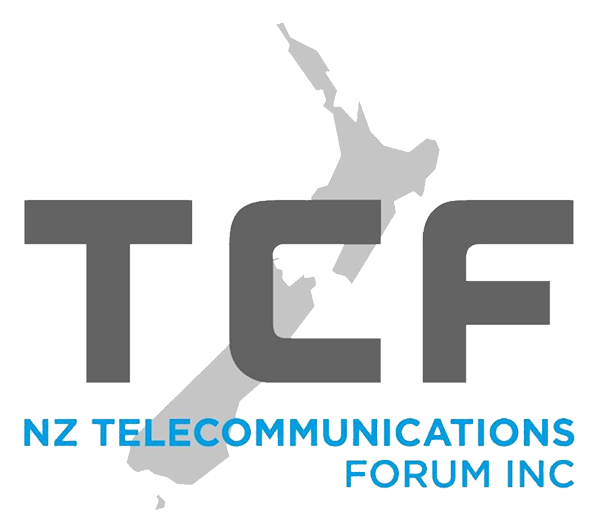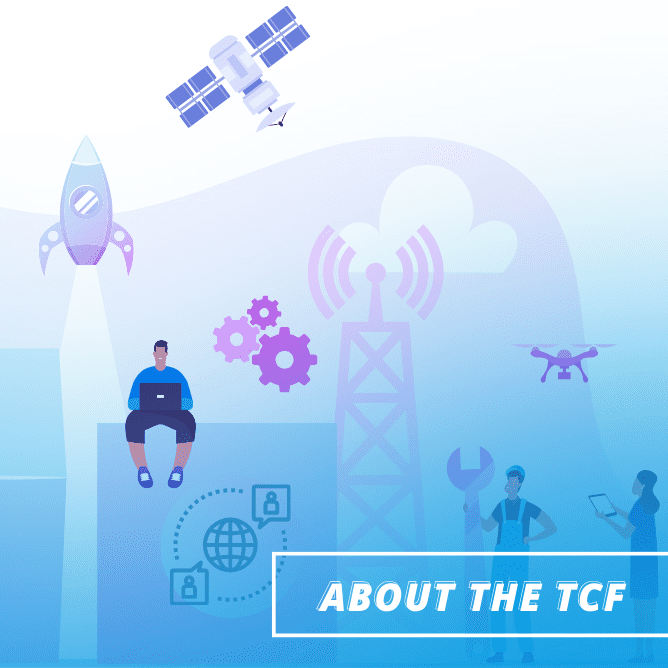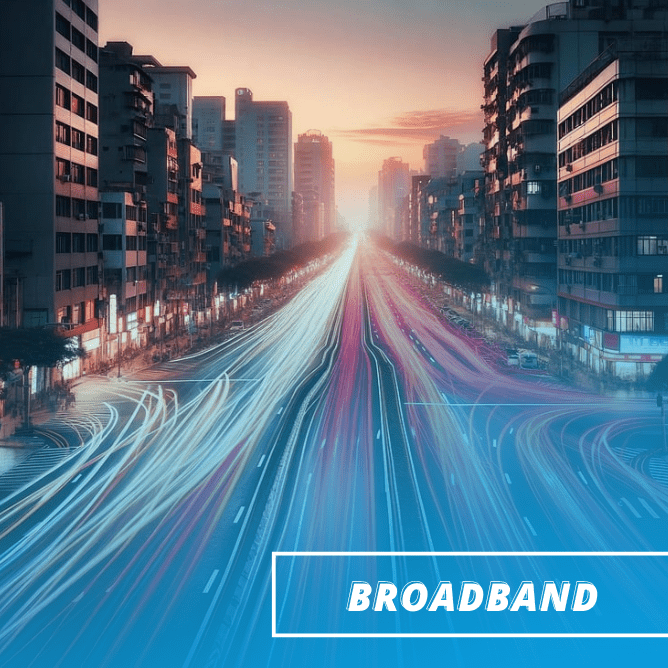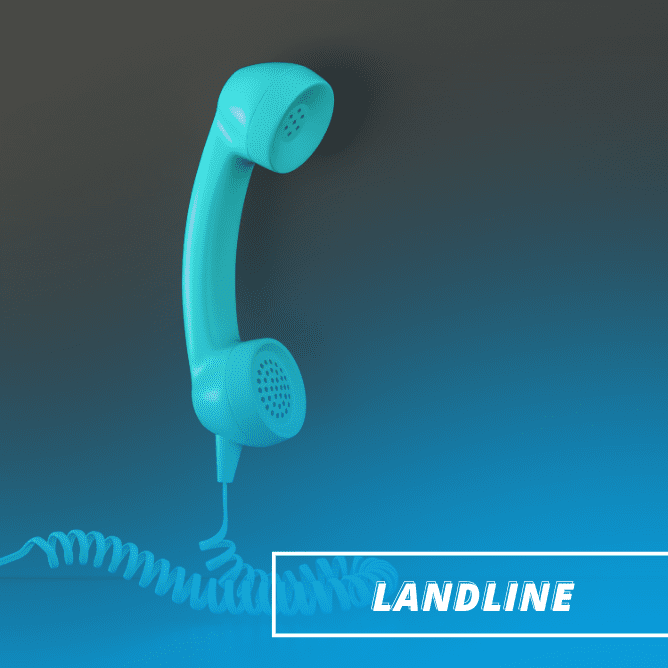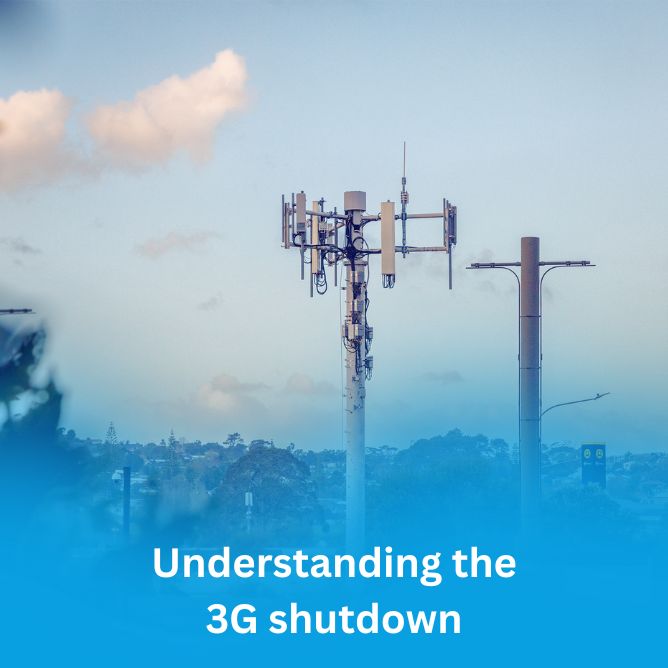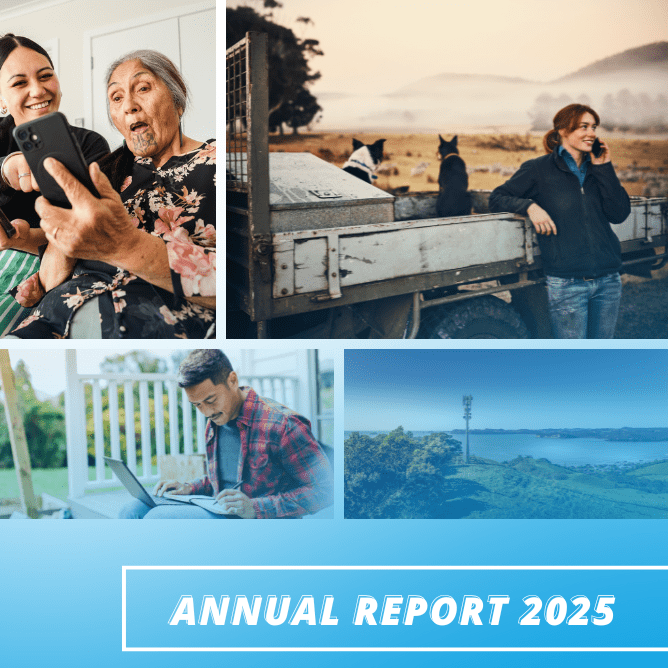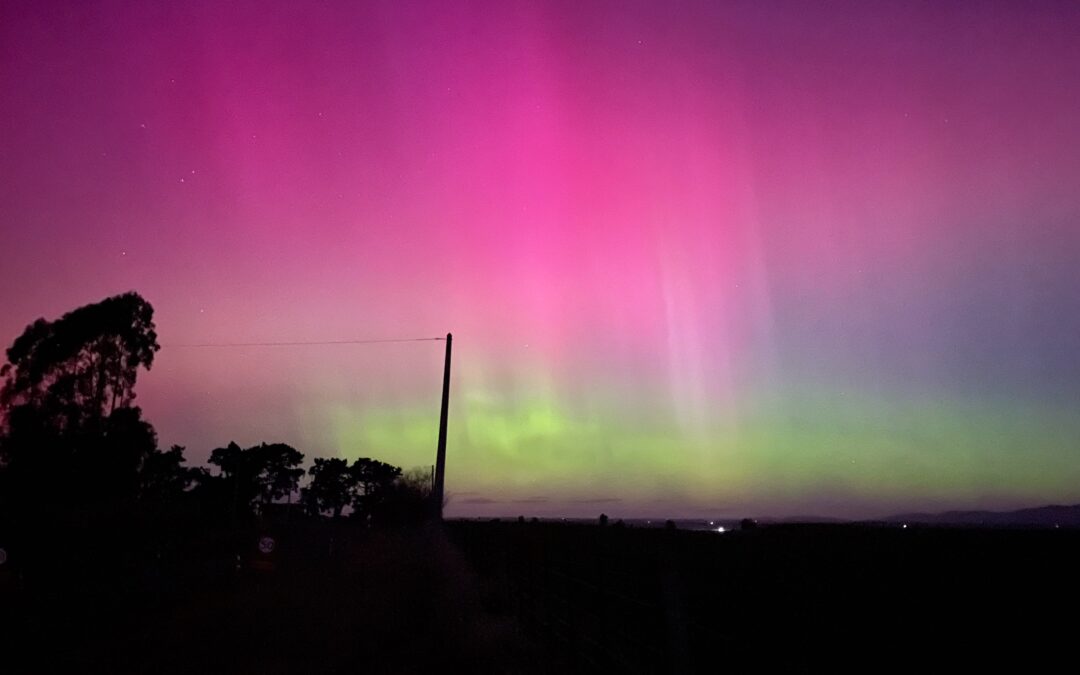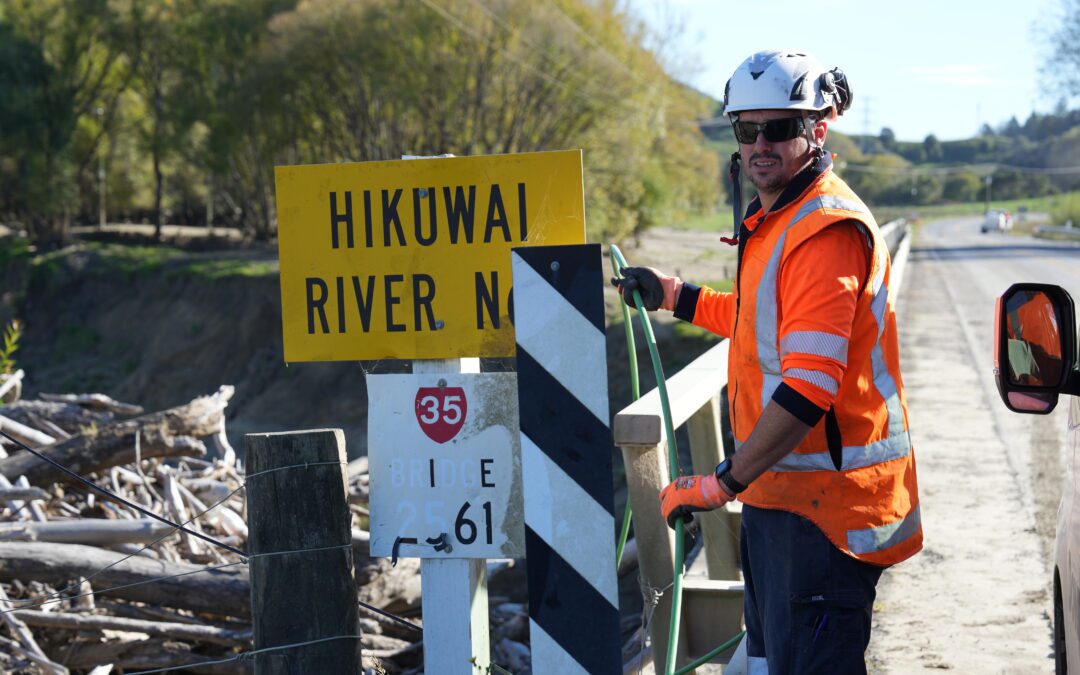The Commission’s report uses data taken from a series of probes around the country that take real-world data from actual customers’ connections, and is as close as possible to the kinds of experiences other customers can expect to see when they buy the same product.
It’s a great way to ensure you’re getting what the retailer is selling and as such will form an integral part of the industry’s new Broadband Marketing Code, which requires retailers to use these results where they’re available when talking to customers. So, instead of seeing adverts that say “expect speeds of up to…” whatever the number is, retailers will use the latest MBNZ data where its available.
The good news is we now have a range of technologies and capabilities across New Zealand, from traditional copper-based services through to fixed-wireless and fibre connections. The better news is, most are delivering the kinds of speeds customers expect to see in today’s broadband market. And best of all, these speeds are consistently delivering what retailers say they’ll deliver – making it easier for customers to buy the right plan.
If you’re a basic user who doesn’t do much more than read websites and send emails, you can find a plan to suit your needs. If you’re a busy family with half a dozen people all trying to work, study, play and relax online at the same time, you’ll find a range of plans designed to more than keep up with you.
Whatever plan you decide to buy, consistent delivery of that speed is essential. We all remember the dreaded after-school slow down when the kids get home and jump online, or the dreaded peak time crush when all the neighbours finish watching Shortland Street and internet speeds became intolerable.
Today, with fibre connectivity, those kinds of contention issues should be a thing of the past and the latest report makes it clear that retailers are delivering consistent service across the board.
And it largely doesn’t vary based on your location either. The fibre wholesale networks are all delivering a consistent experience around the country with little variation between regions.
Earlier this year the fibre providers increased the base service from 100Mbit/s to 300Mbit/s at the same price and that upgrade is flowing through to the data in this report. Customers who buy plans based on this speed are getting at or slightly more than 300Mbit/s for more than 99% of the time they’re online, and that’s a tremendous result.
Last month the Commission released its latest trans-Tasman survey that compares our broadband with Australia’s, and the good news is we’re not only faster in more places but also significantly cheaper. A gigabit plan in Australia can cost A$180 a month and offers an upload speed of only 40Mbit/s. In New Zealand that same plan will deliver an upload speed of nearly a gigabit and cost NZ$90 a month.
These MBNZ reports rely on users signing up to take part in the research. The probes will sit alongside your home modem or router and tests the network periodically. You don’t need to do anything other than plug it in – the box does the rest. The Commission’s technology partner, SamKnows, is constantly on the look-out for more testing volunteers and if you’re keen, I strongly urge you to get in touch. Currently SamKnows can’t test the new hyperfibre plans – which run at 2Gbit/s, 4Gbit/s or even 8Gbit/s – or any 5G-based plans, as it doesn’t have enough volunteers. It’s free to join up so if you’re keen to help out they’d love to hear from you.
The full MBNZ Autumn report is available here.
